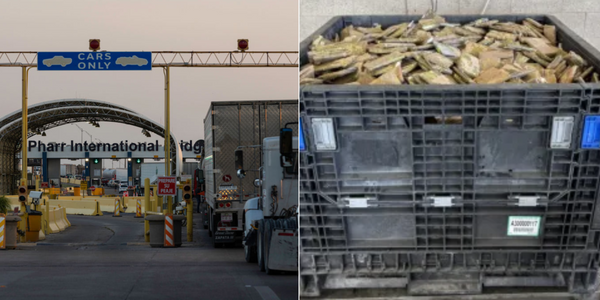Coastal erosion is likely to turn severe along large stretches of the Thiruvananthapuram coast by 2027, a new study that used machine learning techniques in conjunction with remote sensing data to analyse coastal variations has revealed.
According to the model, ''almost the entire stretch will experience severe erosion, with the rate remaining consistently high between Shanghumughom and Anchuthengu. As a result, appropriate hybrid engineering solutions are required for coastal stability all along the beach, particularly at these two locations,'' the study 'Assessment of coastal variations due to climate change using remote sensing and machine learning techniques: A case study from the west coast of India' published by Elsevier said.
It also noted that approximately 2.62 sq km of land have already eroded away from the shore over a 14-year period, while accretion accounted for 0.7 sq km of land.
The study was carried out by the Department of Geology, University of Kerala (Jibin Pradeep, Subeesh Chandran C. S., Ajas H., S. G. Dhanil Dev) under the supervision of Shaji E., Associate Professor & Head of the department, along with S. S. Vinod Chandra of the Department of Computer Science of the University, and D.S. Suresh Babu of the National Centre for Earth Science Studies.
Acute erosion in 42 km
The study covered 57.5 km in Thiruvananthapuram district, Pozhiyoor to Anchuthengu, and analysed the coastal variations from 2006 to 2020 to predict the variations that would occur on the same stretch by 2027. It noted that approximately 42 km face acute erosion, 13 km face accretion, and approximately three km face neither accretion nor erosion.
The study noted that if the current rate of erosion continues, Shanghumughom and the nearby airport area could be affected within five years, underscoring the need for protection of this stretch. ''Artificial reefs must be built at Shanghumughom to modify the local wave environment via wave transformation. The structure would attempt to alter wave energy and direction, thereby altering sediment or sand transport. It will aid in the rebuilding of the beach over a five-year period,'' it said.
Sandy beaches to disappear
Considering the entire stretch (from Pozhiyoor to Anchuthengu) the study predicts that erosion would remain a ''major coastal process,'' leading to the disappearance of sandy beaches. The coast from Veli beach to Kadinamkulam and Poonthura to Veli beach shows the highest eroded lengths. Accretion is seen in the stretch between Mulloor to Vizhinjam port. Some of the areas between Mulloor and Vizhinjam Port and Perumathura and Anchuthengu have no change and the areas remain in equilibrium,'' the study noted.
The study noted the inadequacy of hard shoreline structures like breakwaters and groynes in protecting the coast. They ''bring relief at one end while unprecedented erosion occurs further up and down the structures,'' it noted.







